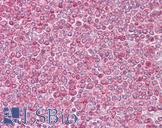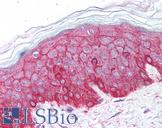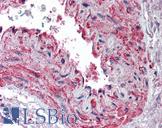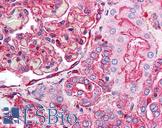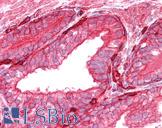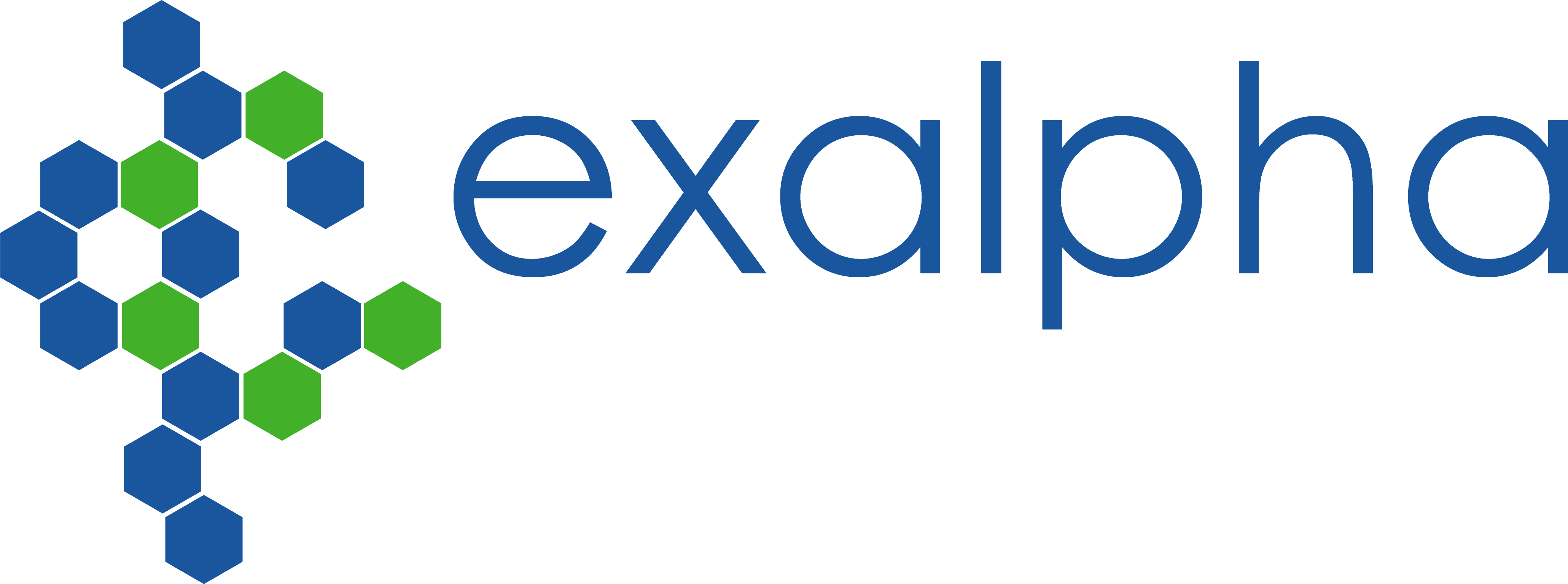Login
Registration enables users to use special features of this website, such as past
order histories, retained contact details for faster checkout, review submissions, and special promotions.
order histories, retained contact details for faster checkout, review submissions, and special promotions.
Forgot password?
Registration enables users to use special features of this website, such as past
order histories, retained contact details for faster checkout, review submissions, and special promotions.
order histories, retained contact details for faster checkout, review submissions, and special promotions.
Quick Order
Products
Antibodies
ELISA and Assay Kits
Research Areas
Infectious Disease
Resources
Purchasing
Reference Material
Contact Us
Locations
Orders Processing,
Shipping & Receiving,
Warehouse
2 Shaker Rd Suites
B001/B101
Shirley, MA 01464
Production Lab
Floor 6, Suite 620
20700 44th Avenue W
Lynnwood, WA 98036
Telephone Numbers
Tel: +1 (206) 374-1102
Fax: +1 (206) 577-4565
Contact Us
Additional Contact Details
Login
Registration enables users to use special features of this website, such as past
order histories, retained contact details for faster checkout, review submissions, and special promotions.
order histories, retained contact details for faster checkout, review submissions, and special promotions.
Forgot password?
Registration enables users to use special features of this website, such as past
order histories, retained contact details for faster checkout, review submissions, and special promotions.
order histories, retained contact details for faster checkout, review submissions, and special promotions.
Quick Order
| Catalog Number | Size | Price |
|---|---|---|
| LS-C20277-50 | 50 µl | $649 |
Polyclonal Rabbit anti‑Human ACTB / Beta Actin Antibody (N‑Terminus, IF, WB) LS‑C20277
Polyclonal Rabbit anti‑Human ACTB / Beta Actin Antibody (N‑Terminus, IF, WB) LS‑C20277
Antibody:
ACTB / Beta Actin Rabbit anti-Human Polyclonal (N-Terminus) Antibody
Application:
ICC, IF, WB, IP
Reactivity:
Human, Monkey, Mouse, Rat
Format:
Unconjugated, Unmodified
Toll Free North America
 206-374-1102
206-374-1102
For Research Use Only
Overview
Antibody:
ACTB / Beta Actin Rabbit anti-Human Polyclonal (N-Terminus) Antibody
Application:
ICC, IF, WB, IP
Reactivity:
Human, Monkey, Mouse, Rat
Format:
Unconjugated, Unmodified
Specifications
Description
Beta Actin antibody LS-C20277 is an unconjugated rabbit polyclonal antibody to Beta Actin (ACTB) (N-Terminus) from human. It is reactive with human, mouse, rat and other species. Validated for ICC, IF, IP and WB.
Target
Human ACTB / Beta Actin
Synonyms
ACTB | Actin, cytoplasmic 1 | Beta-actin | Beta actin | BRWS1 | Actin, beta | Beta cytoskeletal actin | PS1TP5-binding protein 1 | PS1TP5BP1
Host
Rabbit
Reactivity
Human, Monkey, Mouse, Rat
(tested or 100% immunogen sequence identity)
Clonality
IgG
Polyclonal
Conjugations
Unconjugated
Purification
Immunoaffinity purified
Modifications
Unmodified
Immunogen
Synthetic peptide from the N-terminus of human beta Actin. Cellular Localization: Cytoplasmic.
Epitope
N-Terminus
Specificity
Recognizes human beta Actin. Species cross-reactivity: mouse, rat, monkey. Expected to cross-react with a wide range of species due to sequence homology.
Applications
- ICC
- Immunofluorescence (1:50)
- Western blot (1:500 - 1:2500)
- Immunoprecipitation
Usage
Suitable for use in Western Blot, Immunocytochemistry and Immunoprecipitation and Immunofluorescence. Western Blot: 1:500-1:2500. Can be blocked with beta Actin peptide (aa2-15). At higher concentrations, other bands can be detected. Note: May be used as a cell extract loading control. Immunofluorescence: 1:50. Positive control: HeLa whole cell lysate and 3T3 cells (mouse).
Presentation
Tris-citrate/phosphate buffer, pH 7-8, 0.09% sodium azide.
Storage
Store at 2°C to 8°C. Do not freeze.
Restrictions
For research use only. Intended for use by laboratory professionals.
About ACTB / Beta Actin
Publications (0)
Customer Reviews (0)
Featured Products
Species:
Human, Mouse, Rat
Applications:
IHC, IHC - Paraffin, Western blot
Species:
Human, Mouse, Rat
Applications:
IHC, IHC - Paraffin, ICC, Immunofluorescence, Western blot, ELISA
Species:
Human, Monkey, Mouse, Rat, Bovine, Goat, Guinea pig, Hamster, Pig, Sheep
Applications:
IHC, IHC - Paraffin, Immunofluorescence, Western blot, ELISA
Species:
Mouse, Human, Rat
Applications:
IHC, IHC - Paraffin, ICC, Western blot
Species:
Human, Monkey, Mouse, Rat, Bovine, Pig
Applications:
Western blot
Species:
Human, Mouse, Rat, Pig, Rabbit, Chicken
Applications:
IHC, IHC - Paraffin, IHC - Frozen, ICC, Western blot, Flow Cytometry, ELISA
Request SDS/MSDS
To request an SDS/MSDS form for this product, please contact our Technical Support department at:
Technical.Support@LSBio.com
Requested From: United States
Date Requested: 4/26/2024
Date Requested: 4/26/2024

